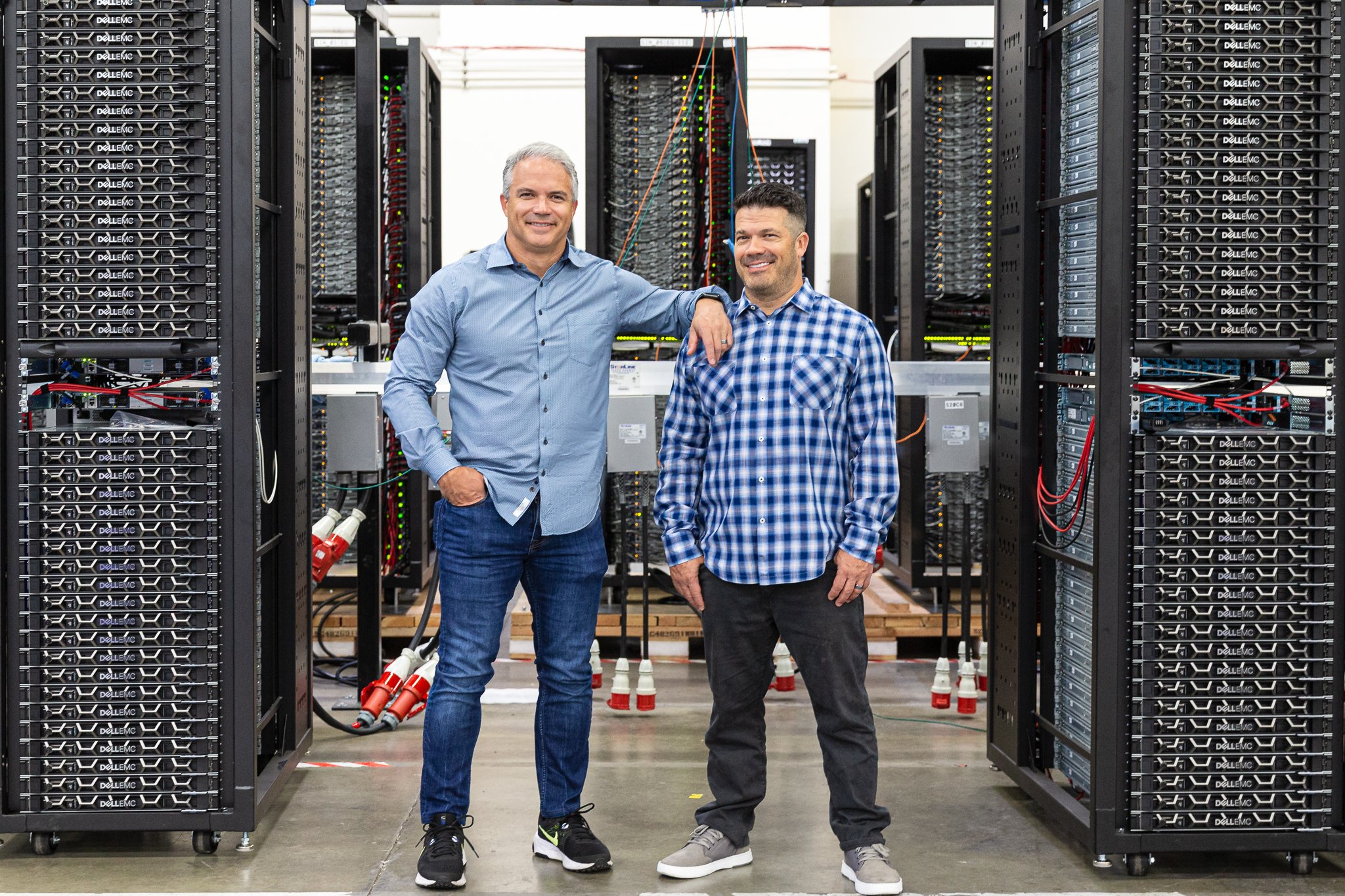One of the more consistent complaints we hear from CTOs and others in technology leadership is their failure to realize expected results from digital transformation efforts.
The majority of the time, this failure stems from adopting technologies that support the transformation without implementing corresponding organizational changes that are necessary to fully realize its benefits. For example, an organization adopting cloud without moving to a cloud operating model could find itself in the same state as it was in before the migration. In a cloud operating model, DevOps automation is complemented with processes that enable teams to be self-service and empowered, driving faster velocity and delivering higher business value.
When done right, DevOps can help organizations hit the target of lowering operating costs without sacrificing the ability to innovate. It also greatly accelerates how an organization builds and deploys new products.
Here are some common gains our clients often see from successfully implementing DevOps:
 Deployment frequency
Deployment frequency
Organizations with a high-performing DevOps culture are able to deploy new products and services on demand (meaning several times per day), compared to traditional deployment cycles, where deployments occur every 1-6 months.
 Lead time for changes
Lead time for changes
While it’s not uncommon for changes in applications to require up to six months for traditional development, DevOps can reduce the time it takes to go from code committed to code successfully running in production to less than a day.
 Time to restore service
Time to restore service
The flexibility of DevOps often condenses the time it takes to restore service after incidents or defects from weeks to less than an hour. Cross-functional teams are empowered and have all the right skills to track down the root cause, fix it, and deploy a working version, reducing stress for all involved.
 Reduced failure rate
Reduced failure rate
While bugs are a constant reality in application development, DevOps can reduce failure rates from as high as 60% to 0-15%. Automation delivers higher quality by removing the opportunity for human error.
 Flexibility through portability
Flexibility through portability
Automating the packaging and deployment steps leads to a much easier and cheaper way to switch infrastructure providers if a competitive option comes along, or even deploy across providers with a hybrid architecture when needed for higher availability. Taking it one step further with containerization would make portability practically trivial.
 Less effort
Less effort
Beyond these overarching benefits, a high-performing DevOps culture can dramatically reduce an organization’s use of resources. For example:
- Deployment automation enables continuous delivery and easy deployment when it makes sense for the business.
- Developers can use the same automation to quickly spin up (and spin back down) development and production environments in a stable and consistent manner.
- Manual processes throughout the development lifecycle, such as builds or testing, are replaced by automation, saving time on every iteration.
There are also very real benefits internally for organizations, including less burnout from an increased ability to retain talent, and the freedom for developers to be more creative and try new things, since the cost of failure is much less than traditional development.
Taking your organization to the next level
So how do you go from traditional development to a high-performing DevOps culture? While there’s no silver bullet, there are proven steps every organization can take to successfully make the transition. These include:
1. Understanding your level of tech evolution
For organizations new to the cloud, or just starting to think about cloud adoption, the first step should be a thorough assessment of their technical evolution. You can learn more about our approach to this step in our free eBook, but in a nutshell, a technical maturity assessment will help you identify:
- Your capabilities when it comes to adopting new technologies, such as DevOps.
- Initial proof-of-concept applications and workloads that would benefit from DevOps development.
- Your goals and desired outcomes from adopting DevOps.
2. Starting small
Instilling a high-performing DevOps culture takes time. Try to do too much too early, and you’re likely to fail—and sour on the entire idea of DevOps altogether.
The key is to pick an initial project that is both achievable and will deliver actionable results, then expand your adoption from there.
3. Willingness to invest and change
There’s no denying that, for most organizations, creating a high-performance DevOps culture comes with upfront costs—both in time and dollars—and changing processes or even the entire organizational structure is unsettling to many.
While this cost can seem daunting, it’s important to remember that with proper leadership support and budget, you can build a high-performing DevOps culture that will continue to pay substantial dividends once it’s up and running.
In other words, by investing in the short term, you’re essentially future-proofing your organization for years to come.
Ready to dive deeper? Click here to read our full guide to Enterprise DevOps.
Otherwise, to learn more about DevOps and how you can fully realize the benefits of your organization’s adoption of new technologies, contact one of our experts. No matter where you are in your transformation process, we can help.














